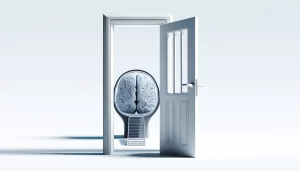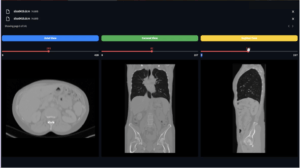Machine learning — Deep learning

What are Deep Learning and Machine Learning?
Deep Learning and Machine Learning are a few of the hottest topics in the Artificial Intelligence industry. They are also two different but related concepts that have been explored for decades.
In its simplest form, ML is a branch of AI research focused on statistical analysis, pattern recognition, and classification. In other words, ML is a set of algorithms that can be trained to recognize patterns in data that might not be obvious to humans.
Deep Learning is a subset of ML where the architecture is composed of several hidden layers where information is propagated through successive layers before being processed by the final layer, which determines the result.
The Two Ways of Training Deep Neural Networks
The two ways of training deep neural networks are feedforward networks and backpropagation algorithms. The latter of these two is more complex than the former, but it is also more accurate.
There are many ways to train deep neural networks, but one way of distinguishing them is by how they handle information flow. Feedforward networks go top-down and bottom-up, while backpropagation algorithms push the data only in the opposite direction. This means that in feedforward networks, you can always find a loss function and a cost function in both directions whereas in backpropagation algorithms you can only find a cost function that goes forward and then backward for this given set of weights.
Advantages of Deep Neural Networks
Deep Neural Networks (DNNs) is a class of neural networks that has been designed to address the limitations of previous machine learning models.
One of the biggest advantages of DNNs is that they allow for better generalization. This means that they are less likely to overfit their training data, meaning that their predictions are more accurate in unseen cases. DNNs also have much less risk of getting stuck in local minima when they are faced with a problem.
Deep Neural Networks vs Machine Learning Algorithms
Machine Learning Algorithms are a type of algorithm that uses statistical techniques. These algorithms have been around for a long time and have been used in many different ways to solve various problems. In recent years, machine learning algorithms have been used for classification and regression tasks in the field of computer vision.
Deep Neural Networks are a form of machine learning algorithm that uses layered neural networks to decide what data to process and determine what output they should produce. They can be used in many different fields such as computer vision, speech recognition, natural language processing, etc.
Some of the most well-known deep neural nets use deep convolutional neural networks (CNNs) and recurrent neural networks (RNNs). CNNs are made up of layers of neurons that create a tree-like structure where the network learns features like edges, shapes, and patterns. When the network recognizes an object, it sends the information to the higher layer. RNNs are used for tasks that require memory or sequential data such as voice translation or speech recognition.
A Comparison of Deep Architecture Vs Algorithms For Machine Learning
The two most common approaches for machine learning are deep architecture and algorithms. With deep architecture, ML is modeled as a set of interconnected layers representing different aspects of the data. The algorithm is an iterative process that involves checking the data for patterns and then producing new algorithmic structures.
Deep architecture is better suited for complex tasks like object detection, segmentation, and recognition because it can span over different levels of abstraction. Algorithms on the other hand are better suited for tasks that are more linear like classification or detection because they can be expressed in terms of mathematical proofs.




